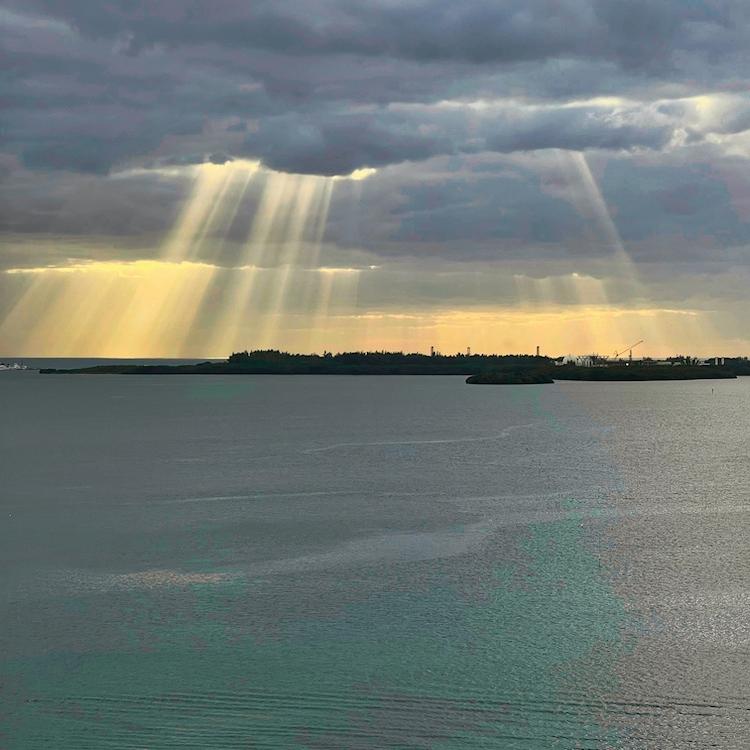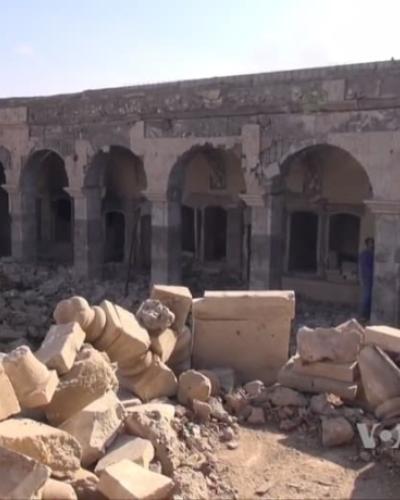Iraqis of Armenian, Arab, Assyrian, and Jewish descent recall what the shrine symbolized on the third anniversary of its destruction.
As we saw the first images of Jonah’s Tomb destroyed in Mosul on July 24, 2014, we felt shocked and deeply uneasy. We had been following news from Iraq obsessively over the previous weeks, distressed by the Islamic State’s actions in a country we still thought of as home, even though all three of us now live in North America. Every bit of ISIS destruction had been terrible to witness, but somehow the image of this ruined tomb was uniquely jarring. Three years later, with Mosul liberated, we understand why.
Continue reading on The Atlantic's website.





